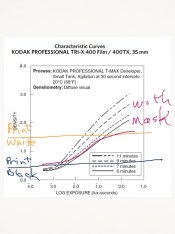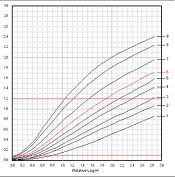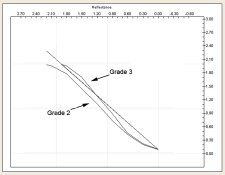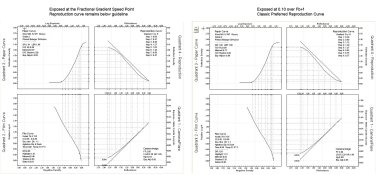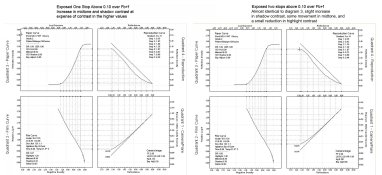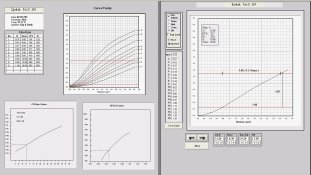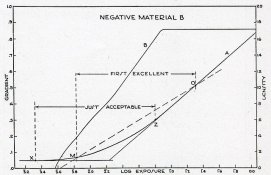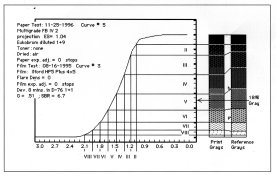Photo Engineer
Subscriber
Stephen, you are right. Who am I to say what is easy and what is too complex. All I can do is suggest what might be easier than some other method, and this is based on doing things from the ground up. All I can do is judge based on my learning curve and then try to place myself in the footsteps of someone else posting here.
I appear to have done a poor job if the other posts are any indication. Perhaps us both teaching a class would help. That might be an interesting GEH workshop. "The design of a photographic print system from film to paper"
PE
I appear to have done a poor job if the other posts are any indication. Perhaps us both teaching a class would help. That might be an interesting GEH workshop. "The design of a photographic print system from film to paper"
PE
Last edited by a moderator:


